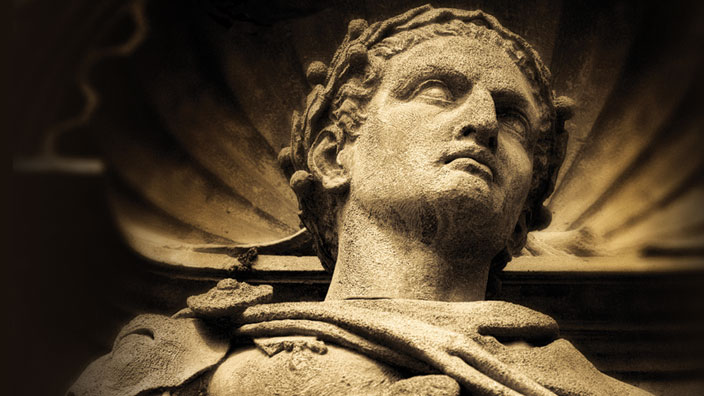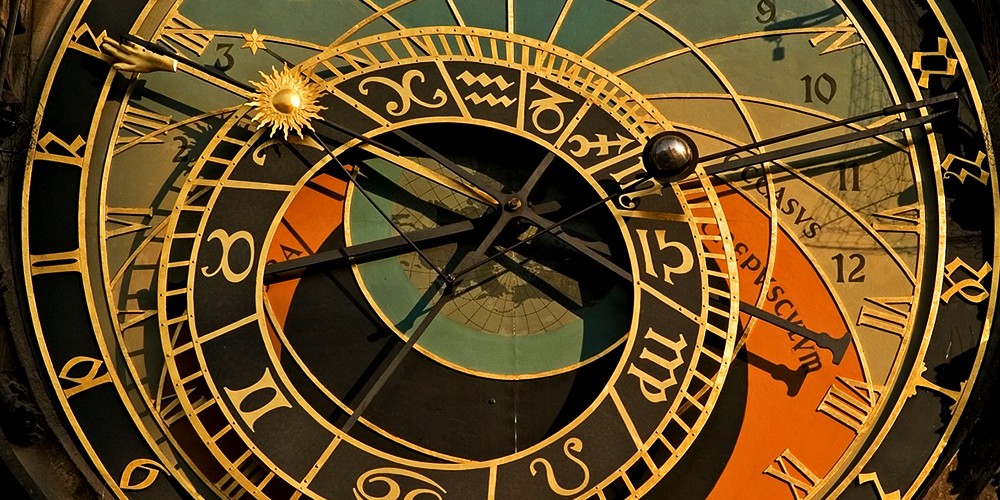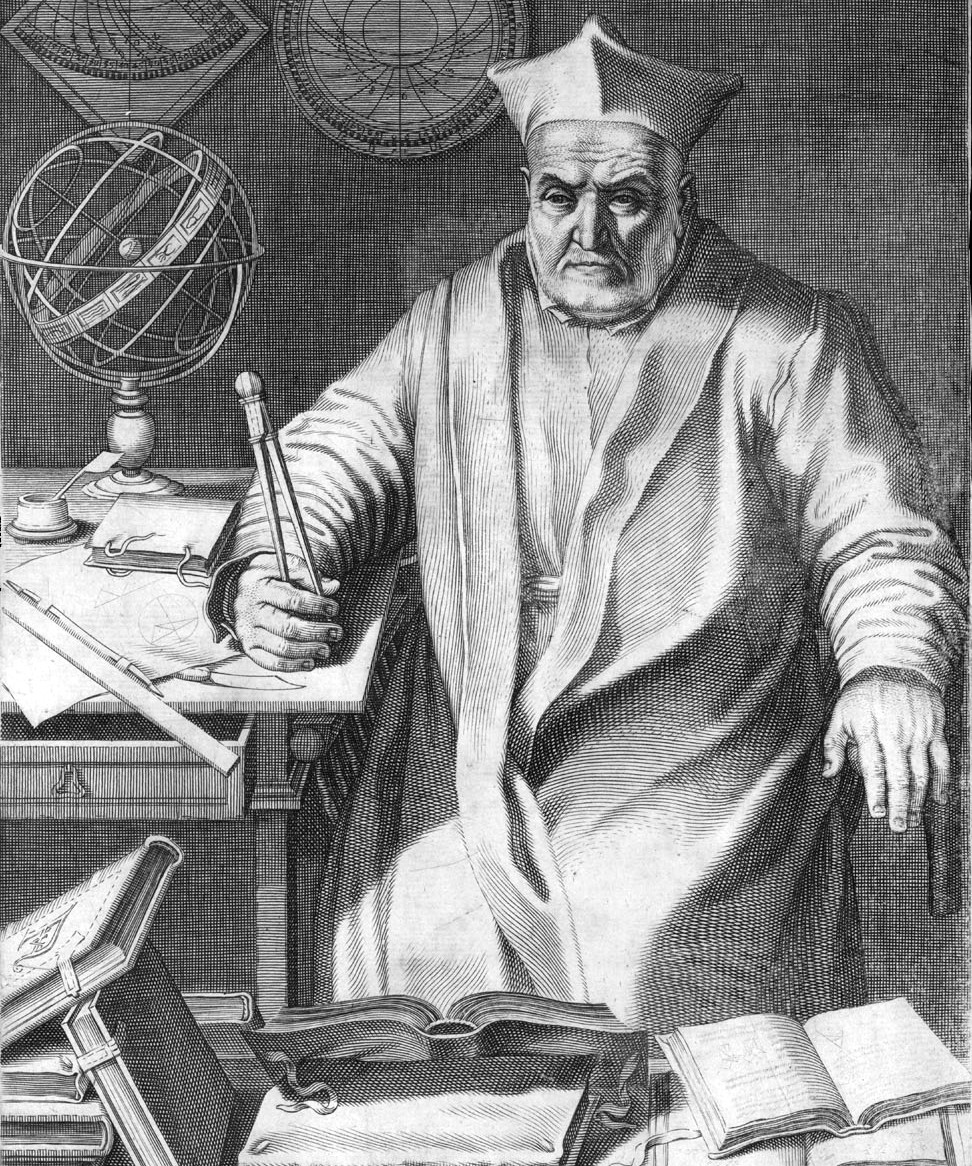Have you ever wondered why we have a leap year or why February only has 28 days (well, except when it doesn't)? For the answer, we need to go back two thousand years, to Roman times, when the Roman Empire was ruled by Julius Caesar. And in short, science and ego are to blame. But you are probably also interested in the background of the leap year story or why February has 28 days? You have come to the right address.
Let's see what a leap year means or why February has 28 days? Leap year has been with us ever since the Julian calendar, named after its creator, Julius Caesar. But not quite from its beginning. Namely, the calendar was initially based on the assumption that the Earth needs the sun to travel around it exactly 365 days. Based on this number, they also divided the days between the months. January got 31 days, February 29, March 31, April 30, May 31, June 30, July 31, August 30, and after that until December.

However, as astronomers liked to do when they did not have the equipment they have today, they soon realized that something was wrong and corrected the time of the Earth's rotation around the sun to 365 days and 6 hours. And we don't need a "DNA test" or knowledge of higher mathematics to find out who conceived in a leap year. In four years, these 6 hours mean one day. And he got the calendar for the sake of accuracy an additional day every four years, and in February, the honor of the increase was awarded. But playing with the days on the calendar has not ended here, because we know that February does not have 29 or 30 days, indeed 28 and 29.
READ MORE: Aastronomical phenomena in 2015

This is not due to incorrect calculations, but to ego. Namely, the emperor Gaius Augustus Octavian, Caesar's great-nephew, wanted the month named after him (like July after Julius Caesar) to also count 31 days. And what months did he sacrifice for the benefit of calendar accuracy? That's right, Selfless February. With 28 days, it is thus the shortest month, but every four years, when a leap year begins, it receives at least a little consolation in the form of attention, but mainly at the expense of its "disability" and little boys (those born on February 29). But beware, even with this we still didn't get the calendar and counting as we know it today. For this one has to skip quite a few chapters in the history book. And now we're back to science. In the 16th century it was found that even 365 days and 6 hours is not an exact figure. The new and truly accurate time is here 365 days 5 hours and 49 minutes. And this was reflected for the first time on the Gregorian calendar, according to the Pope Gregory XIII, which therefore also cut the number of leap years.

Well, the measure was not as drastic as some measures of other popes, but it meant that we have leap years, or an extra day every four years, except every 100 years. Today is therefore a leap year, if it is divisible by 4, but not if it is divisible by 100, unless it is divisible by 400. In this case, it is. Confused? That's why we have a cute video for you:





